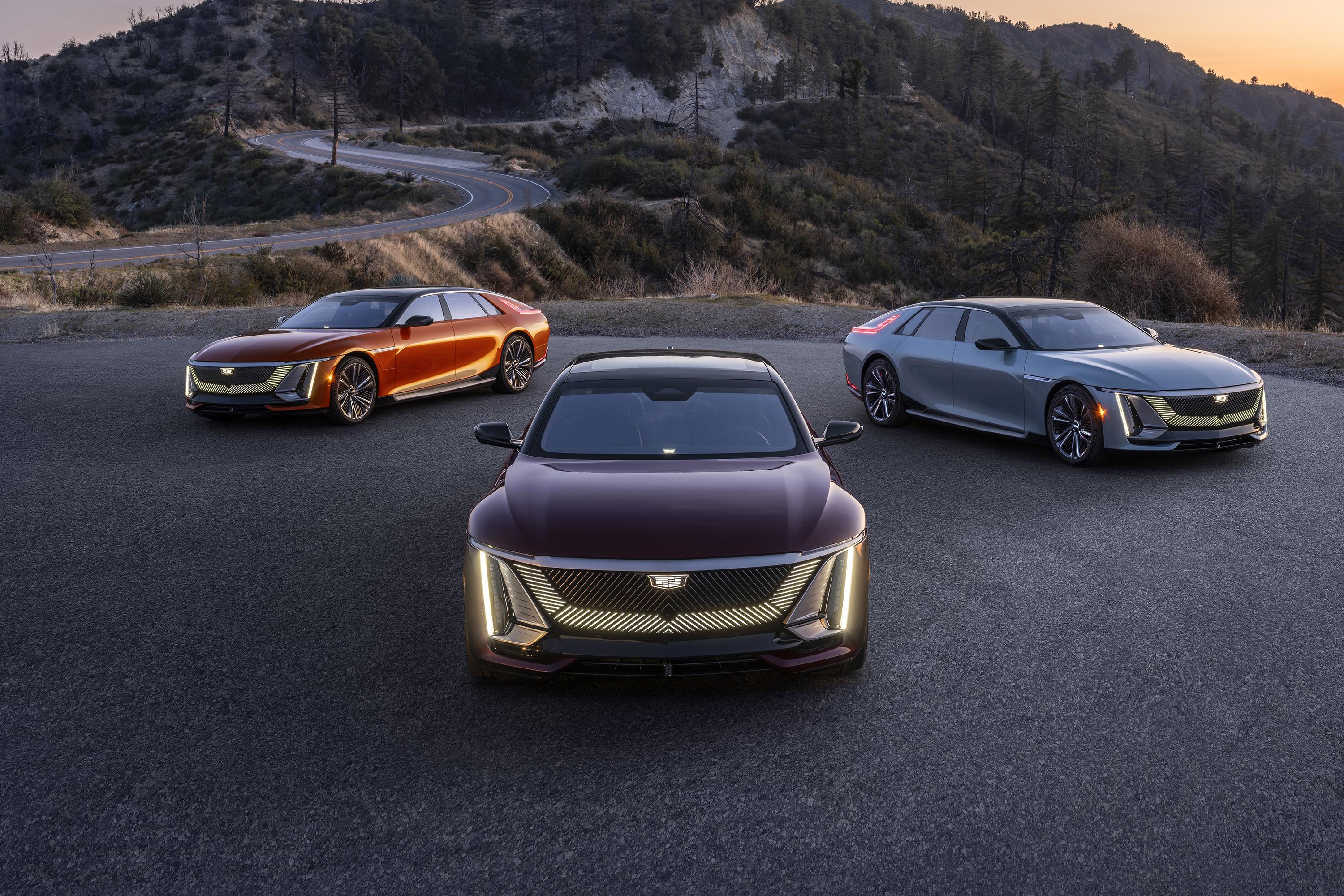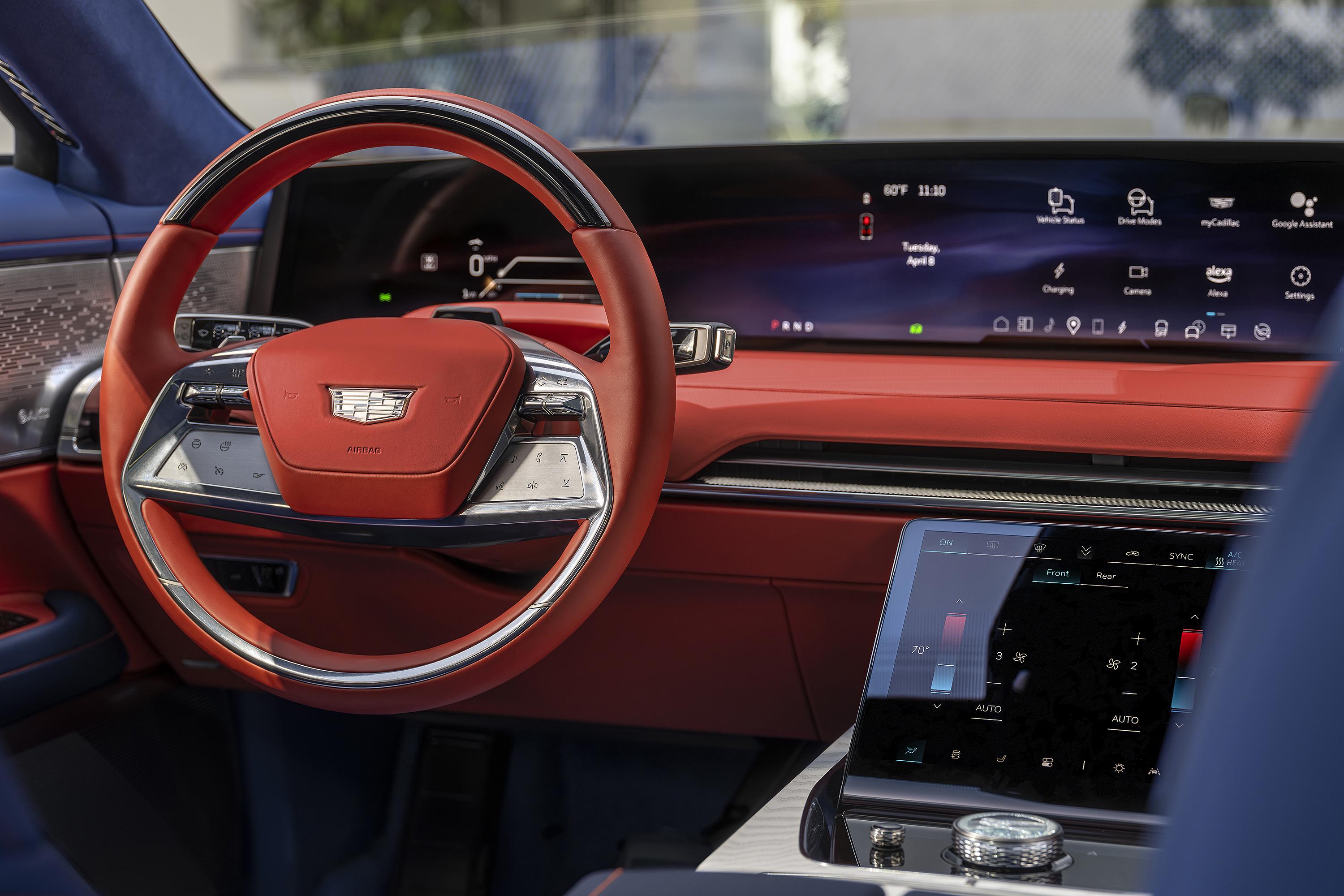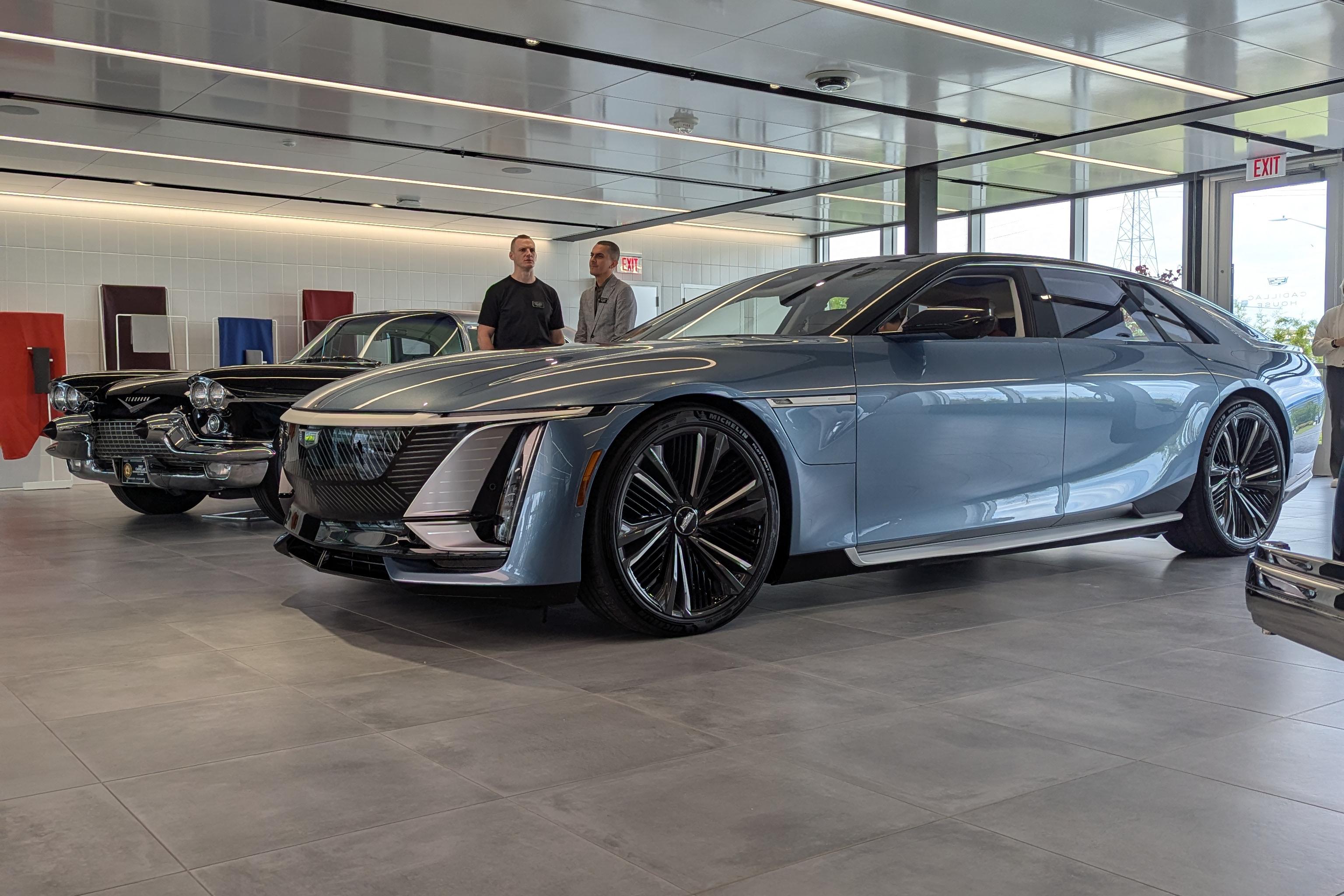The Cadillac Celestiq is a bold play in the ultra-luxury space by an American brand, and the pricing of this exclusive flagship electric vehicle (EV) has just gotten even bolder.
Cadillac has confirmed that for 2026, pricing starts at the “low-$400k” (~A$613,000) mark.
Unlike other models in its lineup – including its second most-expensive model, the US$173,595 (~A$266,000) Cadillac Escalade ESV V-Series – Cadillac doesn’t publish detailed Celestiq pricing, with the flagship available “by inquiry only”.
That’s an increase from the previous base price of around US$340,000 (~A$521,000), with the gap roughly equating to the price of an entry-level Cadillac Lyriq in the US.
CarExpert can save you thousands on a new car. Click here to get a great deal.

It also makes it more expensive than a Rolls-Royce Spectre EV, which starts at US$397,750 (~A$610,000)… though it’s worth noting anything from the German-owned British brand typically leaves a showroom with extensive customisation, driving up the price.
Likewise, Cadillac offers plenty of customisation options that will make your Celestiq both more unique and more expensive.
The price hike is at least partially offset by the new inclusion of eight years of connected services included at no charge, according to GM Authority, plus a patterned design for the ‘smart glass’ roof. This feature uses suspended particle technology to allow each of its four zones to be dimmed or brightened with the press of a button.
Cadillac has made no secret it doesn’t expect its effectively hand-built ultra-luxury flagship to sell in large numbers. It told Motor1 in May that it expected to build only 25 examples this year.

Tony Roma, who was the chief engineer for the Celestiq, also told Jay Leno in May that while the brand will produce more Celestiqs in 2026, “We’re not announcing the exact volume, but think more like hundreds, not thousands.”
Each Celestiq is ordered through a concierge, with buyers able to visit Cadillac House, located at the General Motors Technical Center in Michigan, to look at the myriad customisation options.
The 5.5m-long five-door liftback features a dual-motor all-wheel drive powertrain, with total system outputs of 447kW of power and 868Nm of torque and a 111kWh nickel manganese cobalt (NMC) battery.
It boasts a claimed 0-60mph (0-96km/h) time of 3.8 seconds, with claimed range of 483km and DC fast-charging capability of up to 200kW.


The Celestiq rides on 23-inch alloy wheels and features adaptive air suspension with a five-link set-up front and rear.
It also features Magnetic Ride Control 4.0, the latest version of the magnetorheological damping technology the brand debuted on the 2002.5 Seville STS and which is also found on the supercharged V8-powered CT5-V Blackwing.
Other hardware includes Active Rear Steering, offering up to 3.5 degrees of out-of-phase rear steering, plus Active Roll Control and an active rear spoiler.
The interior is screen-heavy, with a 55-inch pillar-to-pillar display and 11-inch console-mounted ‘Command Center’ up front, plus an 8.0-inch rear console screen and 12.6-inch screens on each front seatback.
The cabin is swathed in leather and hand-finished metalwork, and standard equipment includes a 38-speaker AKG Studio Reference Audio System, active noise cancellation, and four-zone climate control, along with heating, cooling and ventilation for all four seats plus heated armrests and a “neck scarf” feature.

Cadillac commenced customer deliveries of its Lyriq electric crossover SUV early this year in Australia, and the debut model will be joined by the smaller Optiq and larger Vistiq SUVs in 2026 as well as the high-performance Lyriq-V.
However, the Celestiq won’t come here, as it’s built exclusively in left-hand drive.
Unlike the Escala of 2016, a twin-turbo V8-powered fastback that previewed a flagship model that never came, the Celestiq managed to make the leap to production vehicle.
Not only that, it also closely resembles the original concept. It remains to be seen whether last year’s Sollei concept, a two-door convertible version of the Celestiq that looks production-ready, will also reach customers.
Cadillac was established in 1902, and therefore has a rich history producing luxury vehicles. However, it hasn’t competed with ultra-luxury brands like Rolls-Royce and Bentley since, arguably, the 1957-’60 Eldorado Brougham.
MORE: Cadillac won’t chase Bentley in Australia with ultra-luxury Celestiq

